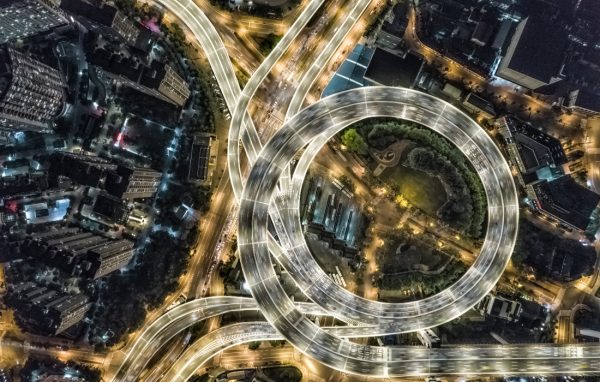With many buildings becoming unexpectedly low occupancy Schneider Electric outlines 10 of the best practices for reaching peak energy efficiency in this new environment

May 27th, 2020
In countries such as the US, many building owners and managers are facing, perhaps for the first time, low to zero occupancy. This may also soon be true for Singapore, this is an unprecedented moment and many questions need answering. Question like:
Schneider Electric offers answers to these questions by laying out 10 best practices on energy efficiency, safety, and reliability for low-occupancy buildings.

Important first steps
Before beginning, it is recommended you reach out to your service partner, if you have one. This partner should be able to help you complete much of the work laid out in this guide, either remotely or on-site.
If you do not have a service partner, Schneider Electric has offered some tips on how your own team can get started.
Checklist: 10 best practices for efficient low-occupancy buildings

Going beyond the low-hanging fruit
This 10-part list was just the basics of what you can do to drive efficiency in buildings during low occupancy. Every building is different and will have unique savings opportunities.
For a deeper dive, There are more tips and details here.
If you’re unsure about getting this work done yourself, Schneider Electric’s field service engineers can help, whether face-to-face or remotely. Their service hotline is at +65 6484 7877 or you can contact your local account representative to get started.

A searchable and comprehensive guide for specifying leading products and their suppliers
Keep up to date with the latest and greatest from our industry BFF's!

Savage Design’s approach to understanding the relationship between design concepts and user experience, particularly with metalwork, transcends traditional boundaries, blending timeless craftsmanship with digital innovation to create enduring elegance in objects, furnishings, and door furniture.

The Sub-Zero Wolf showrooms in Sydney and Melbourne provide a creative experience unlike any other. Now showcasing all-new product ranges, the showrooms present a unique perspective on the future of kitchens, homes and lifestyles.

Create a configuration to suit your needs with this curved collection.

Marylou Cafaro’s first trendjournal sparked a powerful, decades-long movement in joinery designs and finishes which eventually saw Australian design develop its independence and characteristic style. Now, polytec offers all-new insights into the future of Australian design.

When iconic brands wield their influence, the ripples extend far beyond aesthetics. And so when the MillerKnoll collective formed, the very concept of design shifted, supercharging the industry’s aspiration to create a better world into an unwavering sense of responsibility to do so.

Available now across Australia, Eden TPO is setting new standards in terms of not just sustainability, but also style.
The internet never sleeps! Here's the stuff you might have missed

Boasting unmatched cooking and food preservation capabilities, Sub-Zero and Wolf enable designers to set a new standard for kitchen design, and inspire a higher quality of culinary experience.

With Milan 2024 only a few weeks away, we sneak a view of some of the most exciting pieces set to go on show – from lighting design to furniture, here are nine preview products.